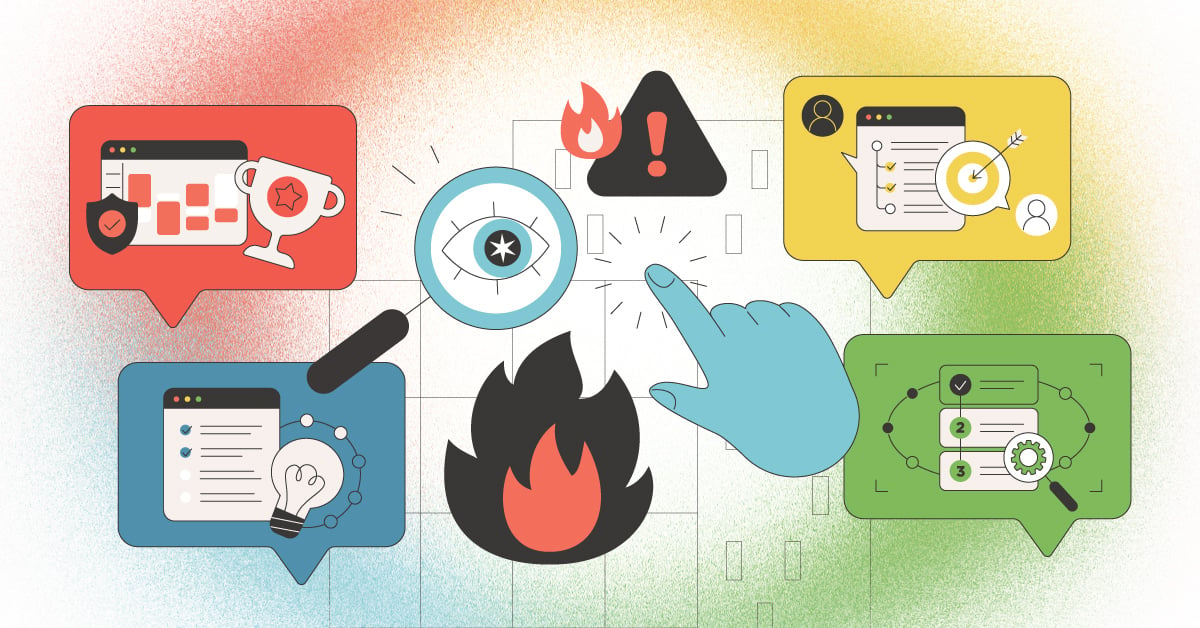
If you’re excited about the science of self we share at TTI SI, you probably want to share it with everyone you can. Why wouldn’t you want to help everyone you connect with better understand themselves and others? As a coach, consultant, end-user, or partner, you might want to talk about DISC on social media.
However, if you’ve studied DISC, you know that it takes time to learn and properly debrief others. So how exactly do you effectively share its value online?
Don’t Oversimplify
In your efforts to increase understanding, you might be tempted to simplify DISC into ‘types’. You might want to explain the types by telling someone, “Oh, you’re an I.” They might be a high I, but the assessment can’t end there. Your scores in all four aspects tell a story together. Encouraging people to solely define themselves with one category doesn’t take advantage of everything DISC has to offer.
From The Universal Language DISC Reference Manual, pg. 11: “A person’s behavior is the sum of the intensity of all four factors (DISC) and should not be labeled as any of the four.”
No one person is just one thing! Low scores are just as important as high scores. An even bigger misstep is to further simplify and only refer to people as their color. This particular approach recently caused an uproar in Sweden. A runaway best-seller called “Surrounded By Idiots” was written using the concept of DISC, but simplified behaviors into colors. (For example, someone with a high I becomes a Yellow, ignoring their other scores entirely.)
While the book was extremely popular, its interpretation of the science of DISC was heavily questioned by the public, and the media noticed. Since the book oversimplified the science and didn’t emphasize the research behind DISC, there was a huge backlash to the book. Many of the criticisms said it was unrealistic.
That’s because people don’t like being labeled! You need to acknowledge all the facets of a person. That’s an area where DISC shines — it doesn’t label low scores as ‘good’ or ‘bad’, and it considers them with the same weight as high scores. Don’t be tempted to oversimplify when sharing online. You’re going to make things harder for yourself and potential clients in the long run.
Nuance is crucial to understanding DISC! You need to focus on the value of all scores, and it’s difficult to do that online.
If you’re trying to explain DISC, you need to embrace both the presence and absence of behavior. This can be difficult to do on social media, but it can be done. Remember the words of TTI SI founder Bill J. Bonnstetter: “It’s not what style you are; it’s what you do with what you are.”
Use Personal Testimony
One of the best ways to show the benefits of DISC is to share the impact assessments make on the lives of others.
People want to hear from other people. It can be difficult to explain the process of an assessment to a prospect without getting too deep into details, so instead, share the impact of an assessment first. Once you grab their attention and make them want the same kind of result for their business, then you can start getting them set up with an assessment. Focus on what DISC can do for them, and the rest will follow.
You know what they say about word-of-mouth marketing, but did you know that 76% of people trust online reviews written by other consumers as much as they trust recommendations from personal contacts?
That means that sharing a quote on Twitter about the results of DISC in your client’s workplace could impact your audience as if their own family shared it. That’s powerful!
Stress the Science
Your next step to promoting DISC online is to stress the science of the assessments. There are a lot of different ways to understand and measure personality, but not all personality tests are backed up by science.
Speaking of ‘tests,’ work hard to avoid this word when talking about DISC! Test implies that there is a pass/fail rate, while assessment clearly explains that DISC does just that — it assesses behavior. There’s no way to fail a DISC (except by being dishonest in your answers!). It might seem simple, but just shifting that language will make an impact.
It can be overwhelming to bring a certain amount of formality to your social promotion, so don’t sweat it. Let us help! We have plenty of resources available on our site. This overview of our core 5 sciences is a great place to start. Poke around our blog as well for some accessible, friendly breakdowns of practical application of our assessments. Check these posts out to start!
- Mentoring Using DISC
- The Matrix Behind Behavioral Assessments
- 10 Ways to Increase Your Emotional Intelligence
Get Started Sharing DISC
Sharing DISC doesn’t have to be difficult. While you should give thought to how exactly to share about our assessments, even reading this article is a great first step. Using trendy language by trying to capture some of the popularity of ‘personality tests’ is a mistake.
The truth is, TTI SI assessments have stood the test of time. They’re backed by rigorous scientific research, and they make a tangible, positive impact on the lives of people around the world.
You can build your audience, capture new clients, and improve your own breadth of understanding by sharing TTI SI resources, stressing the science, and avoiding generalizations. Feel free to tag us on your social media posts, and we’ll always give them kudos!


![Don’t Let Your Behavioral Style Haunt You [Infographic]](https://blog.ttisi.com/hubfs/Halloween-Infographic_DontLetYourBehavioralStyleHauntYou_Email_Header.png)

